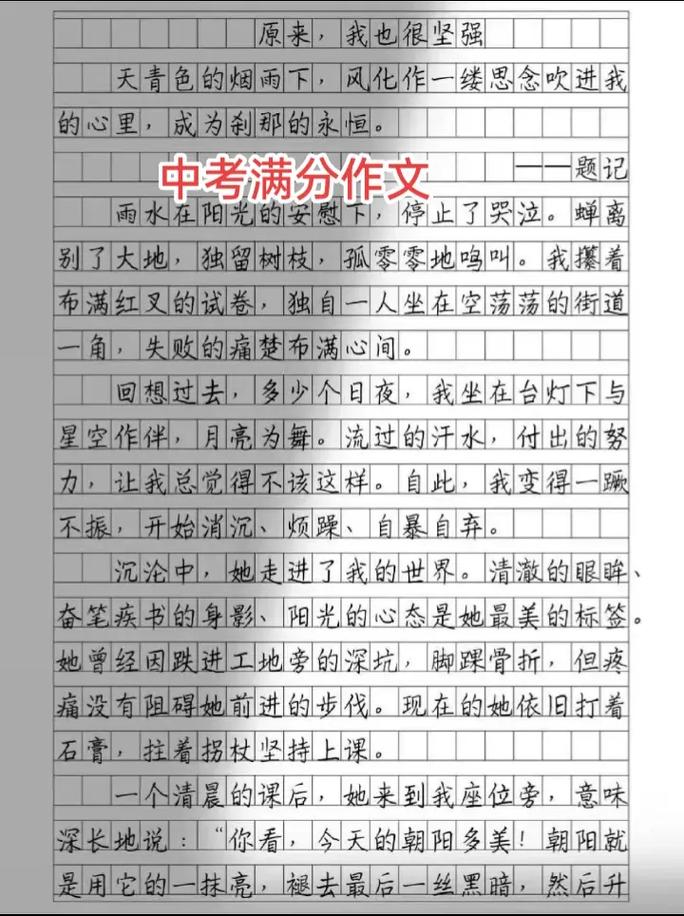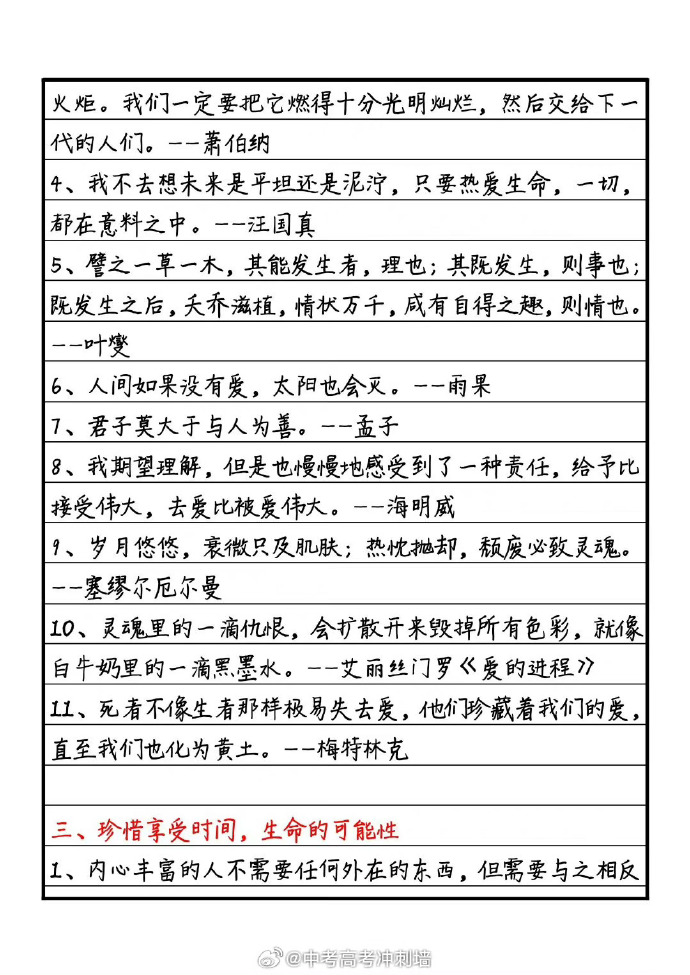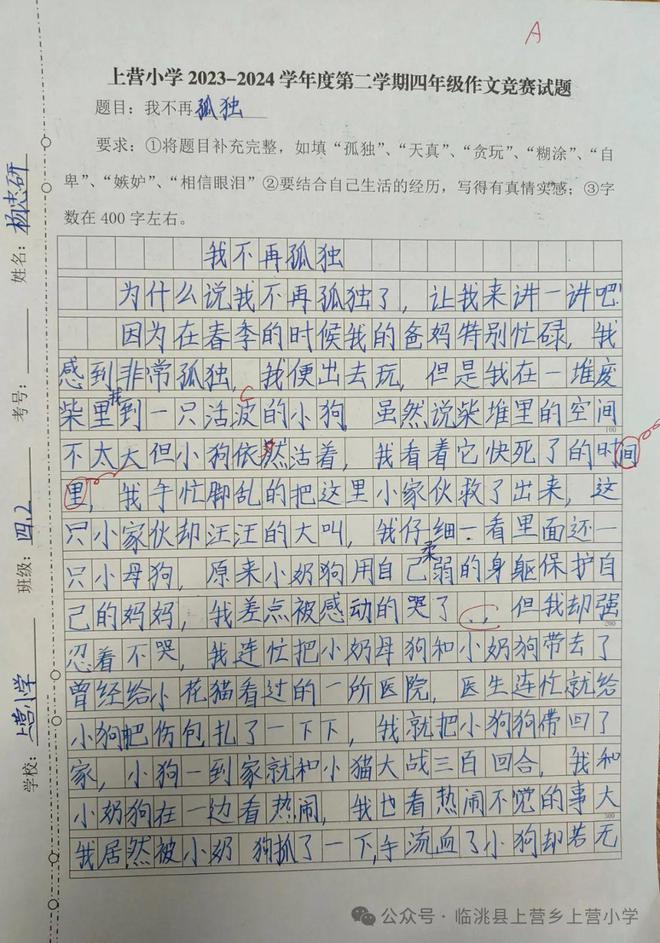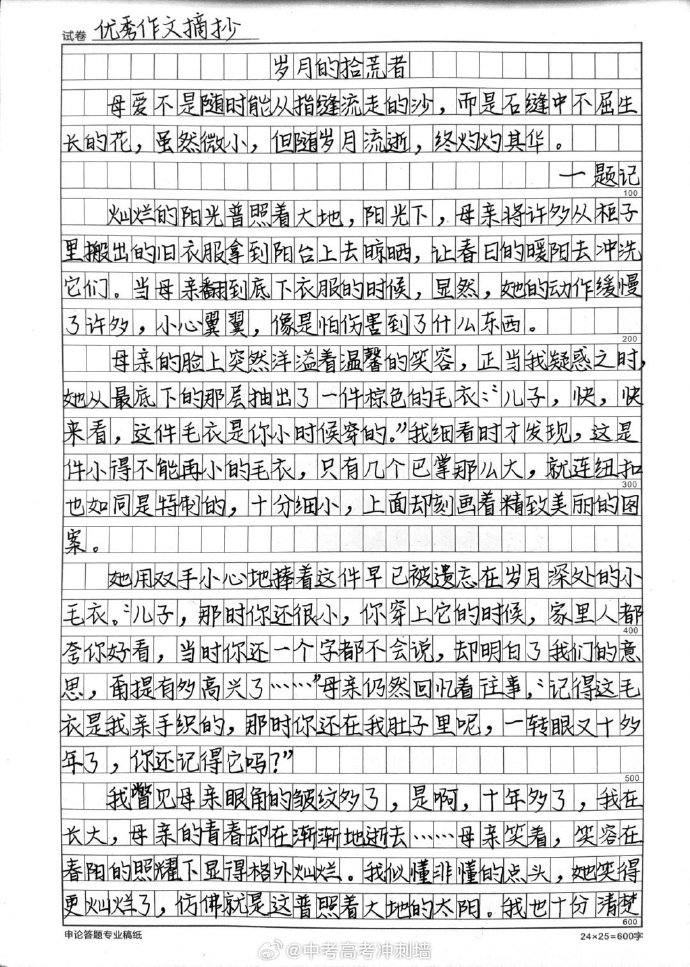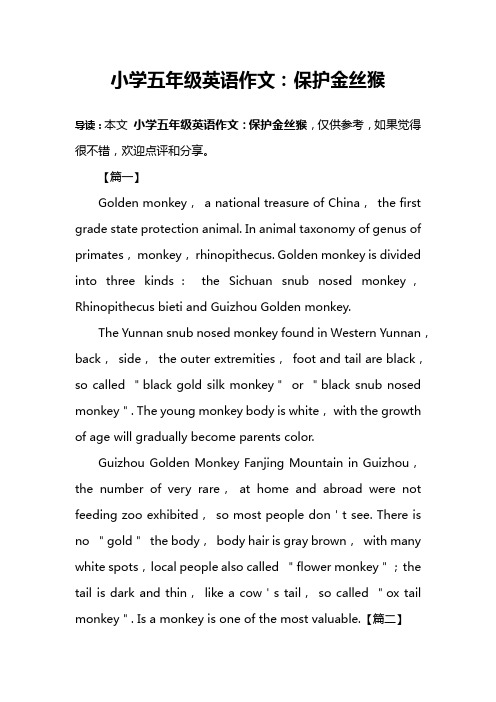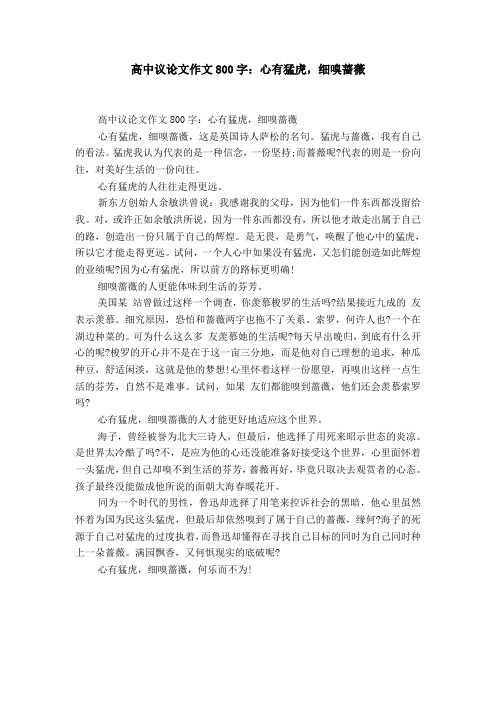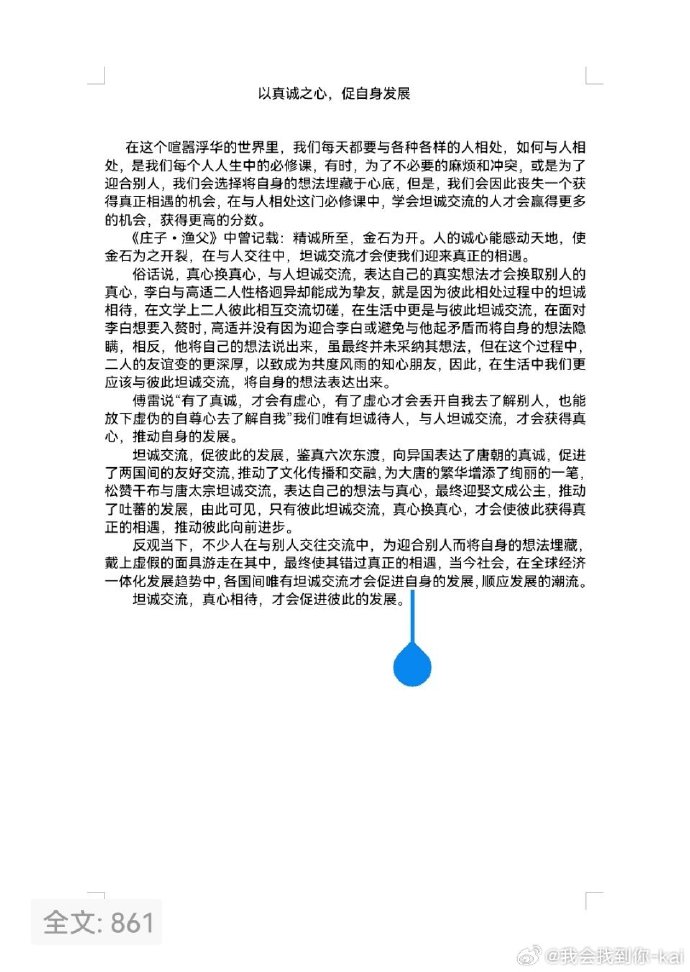In recent years, the practice of using serving chopsticks or "public chopsticks" has been gaining traction in various dining settings. This simple act holds significant cultural and health implications, reflecting a shift towards more considerate and hygienic eating habits.
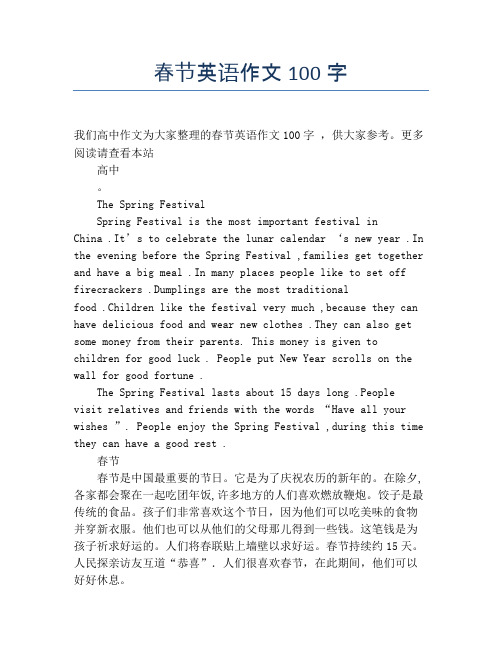
The use of public chopsticks is rooted in traditional Chinese etiquette, where sharing food from communal dishes is a common practice during gatherings and family meals. Historically, this custom symbolized unity and togetherness, as people would pass around dishes and share directly from them. However, with growing awareness of hygiene and disease prevention, the concept of public chopsticks has evolved to address these modern concerns while preserving the essence of communal dining.
One key reason for advocating the use of public chopsticks is to prevent the spread of infectious diseases. Many illnesses can be transmitted through saliva, such as hepatitis B and C, influenza, and even COVID-1
9.By using separate chopsticks to serve food into individual bowls, the risk of cross-contamination is significantly reduced. For example, during the COVID-19 pandemic, health organizations worldwide emphasized the importance of using personal utensils to minimize virus transmission. Public chopsticks became an integral part of this preventive measure, encouraging people to maintain social distancing even at the dining table.
Moreover, public chopsticks promote a more respectful dining culture. In many Asian cultures, it is considered impolite to take food directly from a communal dish with one's own chopsticks. Using public chopsticks demonstrates consideration for others by avoiding the transfer of personal germs and maintaining the cleanliness of shared dishes. It shows respect for the hosts and fellow diners, reflecting a deep-rooted value of courtesy and mindfulness in social interactions. This cultural aspect extends beyond just hygiene; it also fosters a sense of harmony and mutual respect among individuals.
From an environmental perspective, the adoption of public chopsticks can have positive impacts as well. With increased focus on sustainability, using fewer disposable items like plastic-wrapped chopsticks or single-use cutlery becomes crucial. By encouraging the use of reusable public chopsticks made from bamboo or other sustainable materials, we can reduce waste and contribute to a greener planet. This small change in dining habits aligns with the global effort to combat plastic pollution and promote environmental conservation.
To effectively implement the use of public chopsticks, it requires education and awareness. Restaurants and households can play a significant role in promoting this practice by providing public chopstick sets along with regular cutlery. Menus can include information about the benefits of using public chopsticks, and staff can be trained to gently remind customers about their availability. In homes, parents and elders can lead by example, teaching children the importance of this habit from a young age. Schools and community programs can also incorporate lessons on proper dining etiquette, emphasizing the significance of public chopsticks in maintaining health and hygiene.

In conclusion, the use of public chopsticks goes beyond a mere dining accessory; it is a symbol of cultural evolution, health consciousness, and respect for others. By embracing this practice, we not only protect ourselves and those around us from potential health risks but also uphold valuable traditions and contribute to a more sustainable future. The adoption of public chopsticks is a small yet meaningful step towards creating a more considerate and hygienic society. As this practice continues to gain momentum, it serves as a reminder that even the simplest changes in our daily routines can have a profound impact on our lives and the world we live in.
推荐阅读》未经允许不得转载:» 公筷英语作文(Gong chopping English essay)

 佰一阅读网
佰一阅读网

